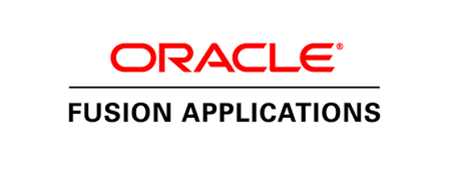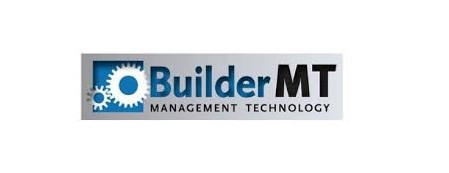System
Integration
63% of companies invest in integrations to improve staff retention.
Elements of
System Integration
API
Integration
API (Application Programming Interfaces) integration is a powerful feature offered by modern software systems, allowing communication and the ability to share data seamlessly. By connecting diverse systems through APIs , businesses can streamline workflows, automate processes, and access real-time data across platforms without the need for complex manual input. This enables faster, more efficient operations, enhances flexibility, and ensures that systems work together harmoniously. With API integration, businesses can unlock new capabilities, improve user experiences, and stay ahead in today’s fast-paced digital landscape.
Data
Movement
Data Movement is a crucial feature in system integration, ensuring the efficient and secure transfer of data across different systems and platforms. By automating the flow of information, it eliminates manual processes, reduces errors, and ensures that data is consistently available where and when it’s needed. Whether it’s real-time synchronization or batch transfers, Data Movement streamlines operations, enhances data accuracy, and enables seamless collaboration between integrated systems. With this feature, businesses can achieve faster decision-making, improve operational efficiency, and enhance overall performance.
Data
Transformation
Workflow
Automation
Workflow automation is a game-changing feature in system integration, designed to streamline and optimize business processes by automating repetitive tasks across multiple systems. By integrating workflows, businesses can reduce manual intervention, minimize errors, and improve efficiency. This enables faster decision-making, ensures consistent task execution, and enhances collaboration between different teams and platforms. With workflow automation, businesses can unlock greater productivity, simplify complex processes, and focus on strategic initiatives, all while ensuring seamless and error-free system interactions.
Benefits of
System Integration
Faster Deal Cycles
Improve Data Accuracy
Reduce IT Expenses
Let's talk about
connecting your systems...





































